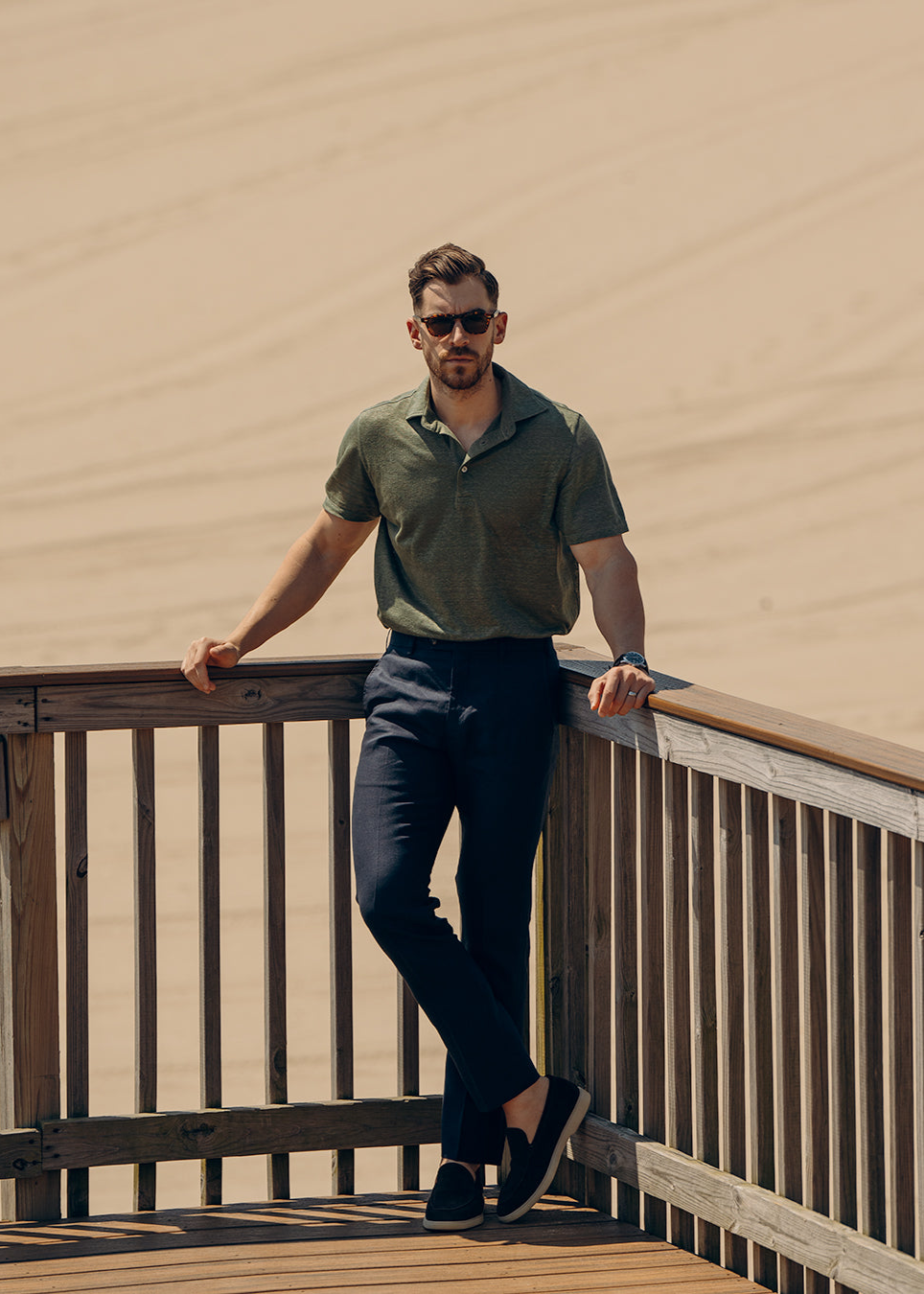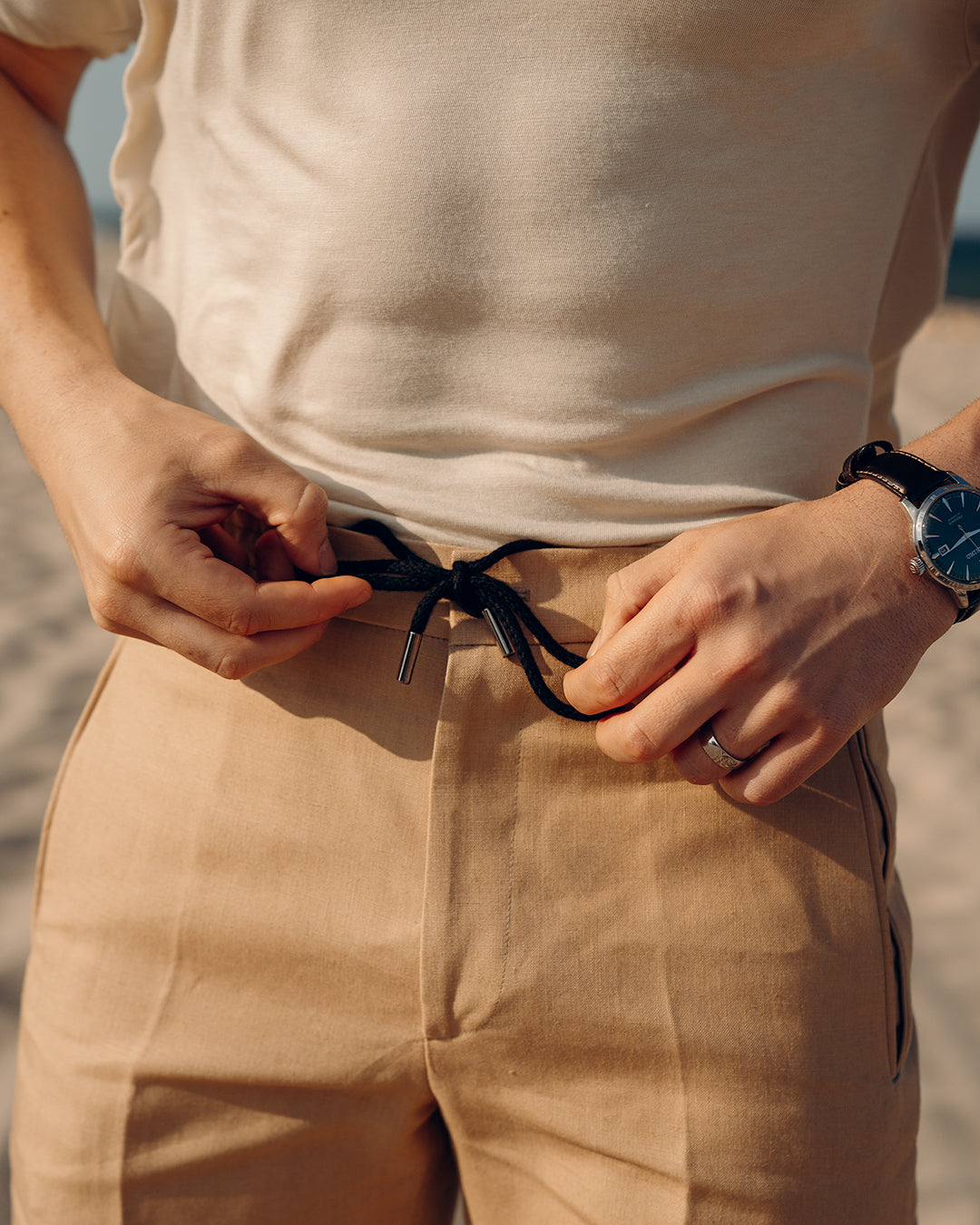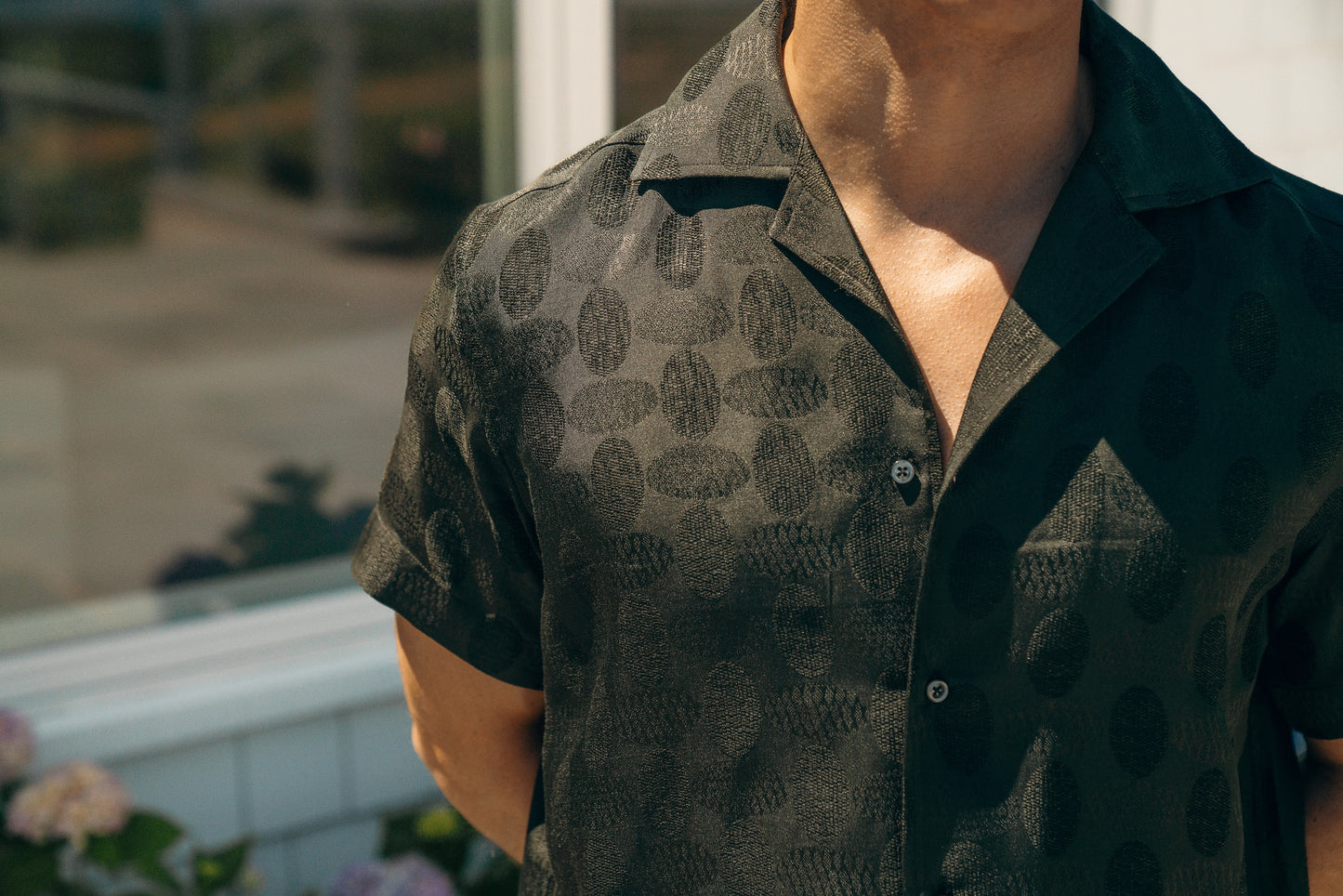
Despite the consumer trend in the last ten years of buyers wanting to learn more about how things are made, companies are still talk about their manufacturing process in very reductive terms. Rare is the brand that won’t simplify their production to just some country-of-origin label, as though everything coming out of a country is of the same quality. Some may talk about the handwork that goes into their products, but this often assumes that everything handmade is good, and everything machine made is bad.
The reality of what determines quality is often much more complicated. Take knitwear, for example, where most sweaters these days are made in one of two ways. There are cut-and-sewns, where panels are cut from larger pieces of cloth and then sewn together using a seam (much like you’d see on shirts). Then there are fully-fashioned constructions, where panels are knitted to shape (like tubes) and then skillfully assembled by handlinking each stitch, point by point.
One of the advantages of a fully-fashioned construction is that you get rid of the bump that comes with a seam. This gives a more comfortable fit and elegant line, but that’s a rather secondary thing. The real purpose is to signal what the brand invested in their manufacturing process. With the extra labor that comes with handlinking the edges, many assume that the maker probably invested a little more in their yarns and general knitting.
There’s a new emergent technology nowadays that might be better than both techniques. Known as whole garment knitting, this method knits the entire garment to shape all at once, so there’s no need for any seams. This is done on special flat-bed knitting machines outfitted with unique slide needles. These needled allow for a more evenly spaced knitting pattern and equal loop lengths, thus helping not only give a more balanced look, but also helping distribute tension more evenly when the sweater gets stretched through normal wear. This ensures that the sweater won’t become lumpy in high-stress areas over time.
More than anything, however, it allows for more mobility and makes for a more durable construction. Almost all sweaters all require seams – either machine sewn or handlinked – and these seams are typically the weakest areas on a garment. On a cut and sewn, the seam can restrict mobility (as seams necessarily need to be tight) and can rip if stressed enough. On a fully-fashioned sweater, you get more mobility, but the looser handlinking can stretch out. With whole garment knitting, you get the best of both worlds – something that both yields more mobility and is more likely to retain its shape over the years.
Of course, things are not without their trade offs. It’s more difficult to do intarsias in whole garment knitting, for example, so designers have to come up with designs that work within the bounds of the technology (jacquards an be an alternative to intarsia). The point here is that quality is not reducible, and it’s useful to think about why some technology or construction technique is better than others. That's the only way to really understand if something is well made according to your needs




